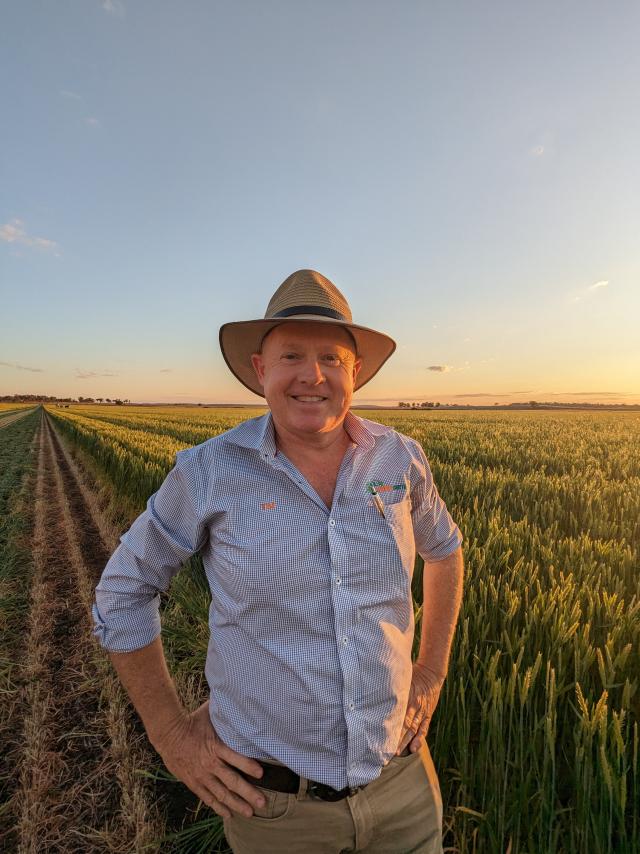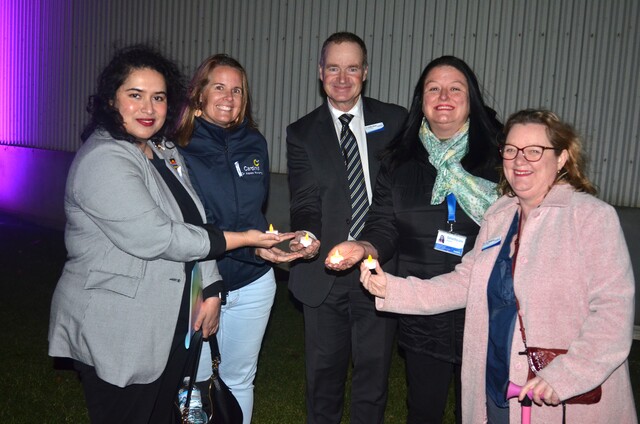Australia’s hay market is exceeding expectations with suppliers being urged to make hay now to meet demand.
Feed Central predicts strong demand for hay and straw throughout the 2024 financial year as buyers cope with dry El Nino conditions. The export market has opened with high prices and these are expected to remain strong across the season.
Feed Central managing director Tim Ford said he was surprised by the buoyancy of the market.
“When we released our Tips for Profitable Hay for the Season booklet, we were conservative with our predictions, but the market has opened much stronger than we expected after the El Nino announcement and because it’s already really dry in a lot of places,” he said.
Mr Ford said there had been unusually strong neighbour-to-neighbour private trade that had removed a lot of product from the system.
“Things like chick pea and canola hay have been selling neighbour-to-neighbour which is unusual early in a drought cycle. We believe that is a bit premature because the market is able to supply high-quality product without resorting to those types of alternatives.”
Mr Ford said farmers contemplating cutting grain crops into hay at the flowering or milky dough phase of maturing shouldn’t hesitate.
“If a supplier has a stressed wheat or barley crop because of a frost or it’s getting dry and they’re thinking about its viability, don’t hesitate with making hay. There’s a strong market for hay so get stuck in and get the job done,” he said.
“There is a stockpile of lower quality hay from previous seasons but new season hay is very high quality and very highly sought after.”
Mr Ford said early frosts in winter through Queensland and New South without much follow-up rain had led to a reduction in quality feed but buyers didn’t need to panic. “There’s no need to panic and buy whatever is offered; you’re still able to source good quality hay,” he said.
Mr Ford said beef prices had fallen from strong highs but farmers had capacity to look after their cattle.
“Cattle have been extremely valuable in recent times and will be valuable again and farmers know how expensive it is to restock. We encourage anyone considering making hay to do so as cows eat 365 days of the year and owners will want good quality.”
He also emphasised the importance of producing the best possible product while taking measures to protect and maximise its value.
High-density bale weights are crucial for profitability, and consistency in bale shape and size is essential. Proper storage conditions preserve hay quality and Mr Ford said visual appearance and feed test results play a vital role in ensuring quality.
The hay price has opened strongly with exporters from Southern Australia coming out with $250-$350 per tonne.
“That’s a very strong price guidance from the exporters that will set the tone so I think cereal hay and wheat and barley are going to be strong $200s maybe $300s going forward,” Mr Ford said.
The Tips for a Profitable Hay Season publication can be downloaded at feedcentral.com.au/tips-for-a-profitable-hay-season23-24
More details can be found at feedcentral.com.au
Feed Central aims to connect buyers and sellers of fodder and buys, sells and tests hay, grain, silage, straw, by-product and fertiliser.







